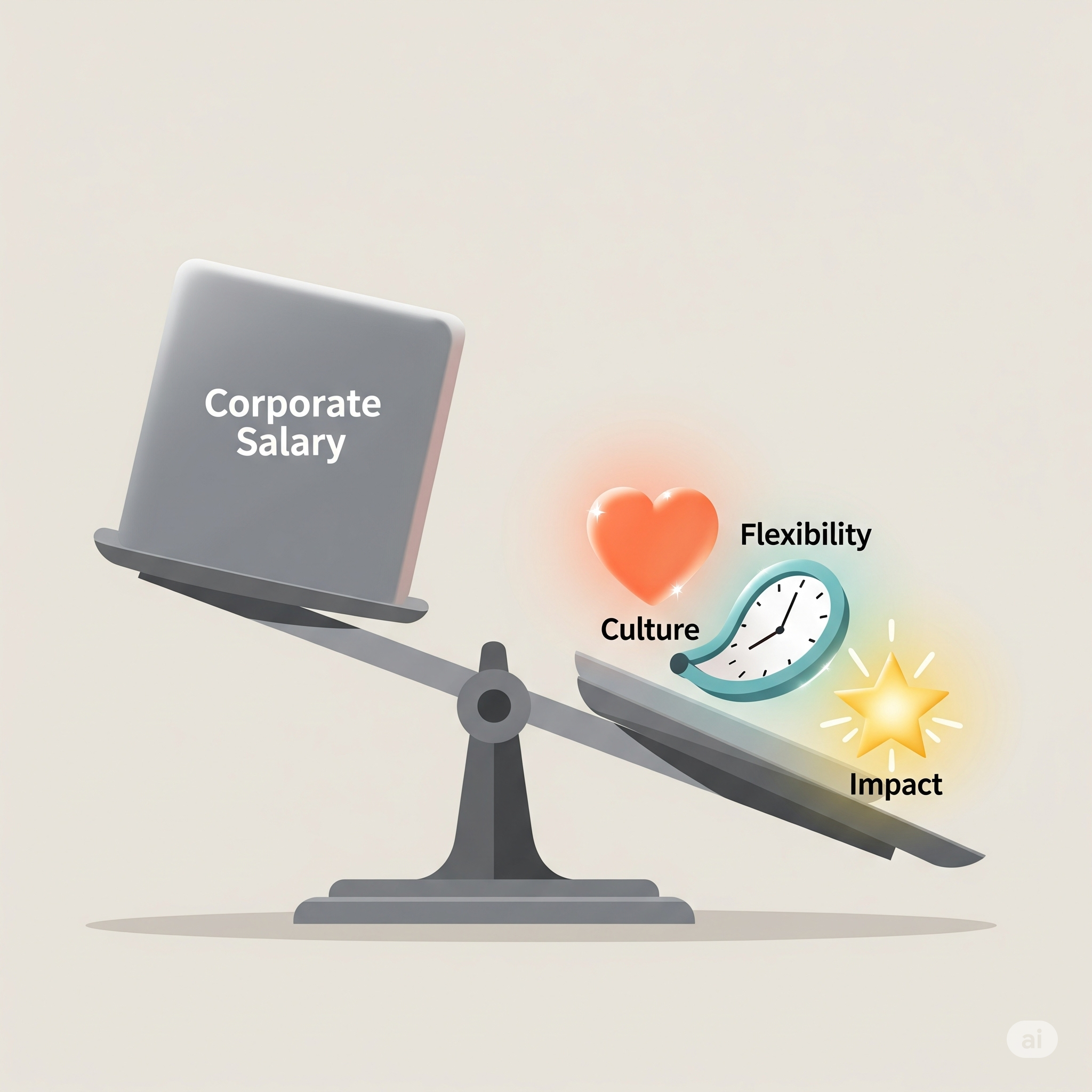But here’s the modern reality: the concept of “team” is more complex than ever before. We’ve moved beyond the days where everyone was in the same office, on the same floor, working the same hours. Today, our teams are increasingly hybrid, distributed across cities, time zones, and even continents. Some members might be together in a physical space, while others are connecting from home offices or co-working spaces. This hybrid world presents both incredible opportunities and unique challenges when it comes to building and leading those high-performing units.
Trying to lead a hybrid team with an old-school, command-and-control, (micromanagement) approach is a sure path to frustration and underperformance. You simply can’t replicate the spontaneous hallway conversations or the casual desk-side check-ins that used to grease the wheels of collaboration. The engine of teamwork needs to be fundamentally re-tuned for this new landscape.
I recall a time when we were launching a complex new product with a team spread across three different locations and several key individuals working remotely full-time. Initially, there was friction. Communication felt clunky, decisions were delayed, and some team members felt disconnected. We had brilliant people, but we weren’t operating as a high-performing team.
We had to make a conscious pivot in our leadership approach. We stopped assuming that collaboration would just “happen” and started being incredibly intentional about creating it. We invested in the right collaboration tools, yes, but more importantly, we focused on the human elements. We scheduled regular, dedicated time for informal check-ins, not just project updates. We created virtual “coffee breaks” and social hours. We explicitly discussed how we would make decisions and share information transparently, ensuring that remote members had equal access and input.
The shift wasn’t instant, but gradually, you could feel the change. Trust began to build across the distances. Communication became more fluid and open. People started to understand and appreciate the unique perspectives that each team member, regardless of location, brought to the table. That team eventually delivered one of our most successful product launches to date, a true testament to the power of unlocking collective genius, even when physically apart.
So, what are the hallmarks of a high-performing team, and how do we cultivate them in a hybrid environment?
* Shared Purpose and Clear Goals: Everyone on the team understands the overarching objective and their individual contribution to it. This is even more critical in a distributed setting, as it provides a unifying focus.
* Psychological Safety: Team members feel safe to take risks, share dissenting opinions, admit mistakes, and ask for help without fear of negative repercussions. This is foundational for innovation and open communication, which can be harder to gauge in virtual interactions.
* Open and Transparent Communication: Information flows freely and effectively, regardless of location. This requires deliberate effort to ensure everyone is in the loop and has access to the information they need.
* Mutual Trust and Respect: Team members trust each other’s competence and intentions, and they treat each other with respect, valuing diverse perspectives and backgrounds. Building this remotely requires consistent positive interactions and reliable follow-through.
* Diverse Strengths Leveraged: The team recognizes and utilizes the unique skills, experiences, and perspectives of each member. In a hybrid team, this diversity can be a powerful asset if actively embraced.
* Accountability: Team members hold themselves and each other accountable for commitments and results. Clear expectations and regular check-ins are essential when not in a shared physical space.
Leading a high-performing team in a hybrid world requires a refined skill set. It’s about being a facilitator, a connector, and a champion for your team. Here are some actionable strategies:
* Establish Clear Communication Norms: Define when and how different communication tools should be used (e.g., instant messaging for quick questions, email for less urgent updates, video calls for discussions). Encourage over-communication initially.
* Leverage Technology Strategically: Utilize video conferencing for face-to-face interaction, project management tools for transparency, and collaboration platforms for shared work spaces. Ensure everyone has the necessary tools and training.
* Create Opportunities for Informal Connection: Replicate the “water cooler” moments with virtual coffee breaks, non-work-related chat channels, or scheduled social video calls. These build camaraderie and trust.
* Promote Inclusivity and Equity: Actively ensure that remote team members have an equal voice in meetings and decision-making processes. Be mindful of potential biases that can emerge in hybrid settings.
* Focus on Outcomes, Not Location: Evaluate performance based on results and contributions, rather than where or when work is done. Trust your team to manage their time and location effectively.
* Invest in Team Development: Provide training and resources on effective virtual communication, collaboration tools, and building psychological safety in a hybrid environment.
Building collective genius in a hybrid world is an ongoing journey. It requires intentional leadership, a commitment to fostering a positive team culture, and a focus on the human connections that are the bedrock of high performance, no matter where your team members are located.
What are the biggest challenges you face in leading your hybrid or distributed team? What strategies have you found most effective in building collective genius?
Share your experiences and insights in the comments below!



